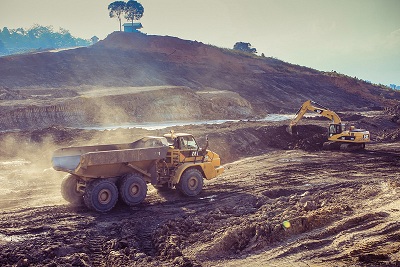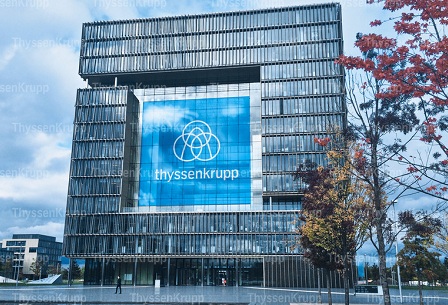The S11D Carajás Iron Project has begun the functional test phase for machinery in the Buffer Stockyard, the location where stock is held provisionally under ideal conditions to supply the plant. A twin boom stacker, with a reach in excess of 70 metres, was the first to be tested.
The remaining five items of machinery, three bridge reclaimers and two twin boom stackers, are also undergoing operational testing.
“This is yet another important stage completed. We’ve completed 86% of the mine and plant construction program and will now continue with the operational testing for the project,” says Mauricio Gasparini, Executive Leader for Engineering, Planning and Construction for the Carajás S11D Iron Project.
At the end of January, another important landmark was reached. The Long Distance Conveyor Belt (acronym TCLD in Portuguese), 9.5 kilometres in length, was connected – or energized, to use the technical term. The TCLD is an integral component of one of the project’s principal technological solutions, the truckless system, which also includes excavators and crushers. These are destined to replace off-road trucks and will result in a 70% reduction in the amount of diesel consumed and a 50% reduction in greenhouse gas emissions (GGEs).
The next phase will be the conclusion of the commissioning program (operational testing) for the secondary crusher (where blocks of ore are reduced in size) and buffer stockyard. The next step will be to conclude electromechanical assembly of the mine and TCLD ore line. All earthmoving work has been concluded and the truckless system machinery assembly phase is nearing completion.
Project
In the current challenging scenario facing the world’s iron ore market, the Carajás S11D Iron Project, whose mine and processing plant is nearing completion in Canaã dos Carajás, will help Brazil retain its competitive edge in the mining sector. The new facility’s production will complement Carajás’ current production by offering high-grade ore with low levels of contaminants at low cost.
Truckless technology and conveyors will also make it possible to build the processing plant in a grassland region outside the forest area. The plant was designed to operate with the use of natural humidity. As such, it will not produce tailings or require the use of tailing dams. It will also reduce water consumption by 93%, equivalent to the volume required to supply a city of 400,000 inhabitants.
Through the project, Vale is also investing in a number of social initiatives in the municipality. More than 30 building projects have been concluded or are currently underway in partnership with the municipal authorities, including the construction and refurbishment of seven schools, refurbishment of the municipal hospital, construction of the Producers’ Fair and the extension of the electrical energy network.
Mônica Ferreira
monica.ferreira@vale.com
Rio de Janeiro+55 (21) 3845-3636








